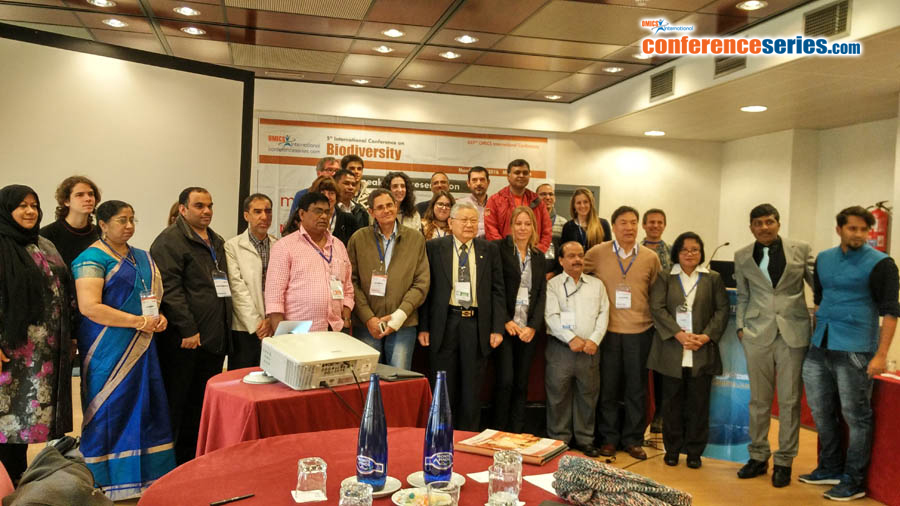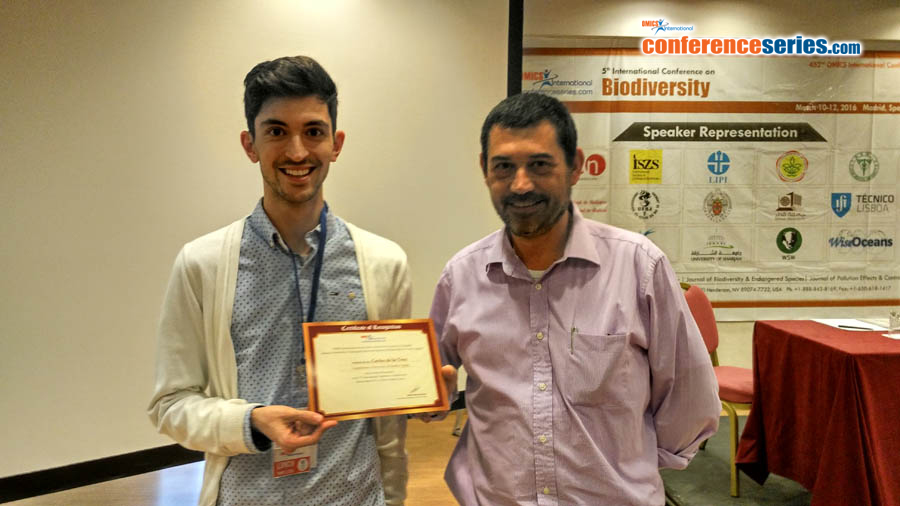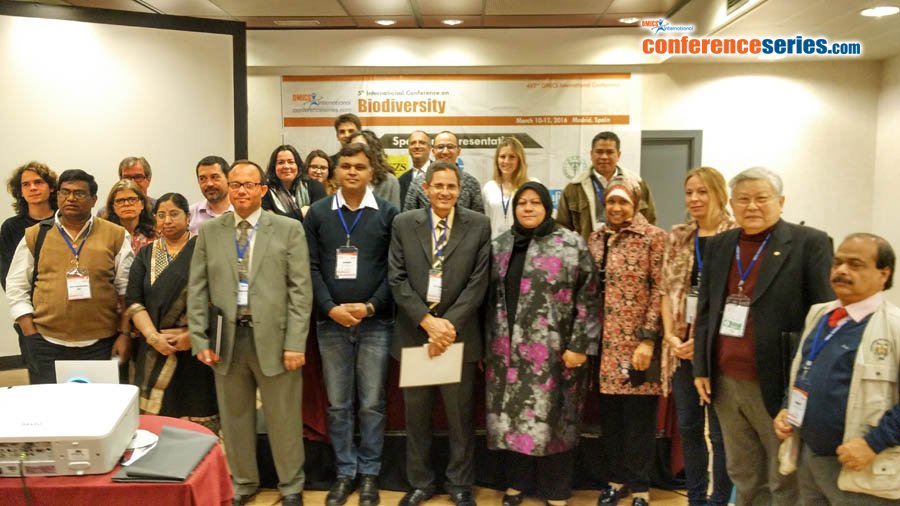Carlos de la Cruz
Complutense University of Madrid, Spain
Title: Phylogeography of colonization of Chilean pasturelands by the Iberian species Hypochaeris glabra
Biography
Biography: Carlos de la Cruz
Abstract
Hypochaeris glabra (Asteraceae) is a plant species originary from Eurasia and North Africa, adapted to the Mediterranean climate. The American colonization by Europeans in the 15th century occasioned the introduction of several herbaceous wild species. Some of these species naturalized in certain areas of Mediterranean climate, establishing mixed pasturelands together with native species – the Chilean “Espinal”. This work is a phylogeographic analysis of several populations from Spain and central Chile using two types of molecular DNA markers: ITS rDNA spacer sequences, and ISSR markers – genomic sequences flanked by tandem repeats. Only one SNP variation was found in the ITS sequences and the polymorphism was present in both continents. Both, the ITS sequences and the ISSR markers reflect a reduction in variability after colonization. Three main groups were defined according to geographical origin: Populations from northern Spain, populations from southern Spain, and Chilean populations (Chile). AMOVA analyses using different partitions indicate a certain degree of genetic differentiation between continents, and between groups, although most variation lies within populations and between populations within groups. Structure analysis of the ISSR markers indicated also a differentiation between continents, although certain Spanish populations show a close relationship with Chilean ones. No significant correlation between geographical and genetic distances was found when Mantel tests were applied, however, significant positive correlations were found between genetic distances and distances calculated from different ecological parameters. This supports a pattern of differentiation by environment rather than by distance.



